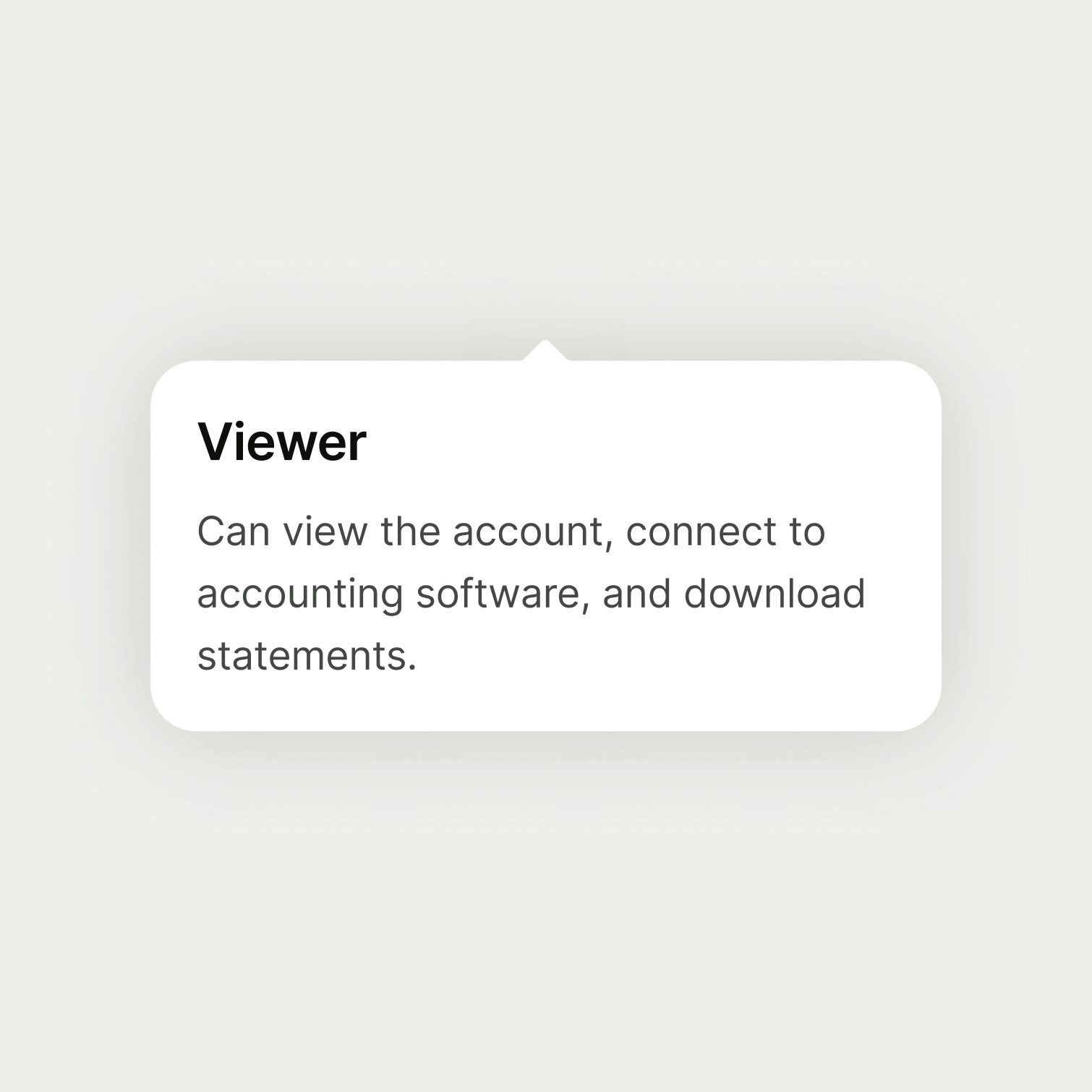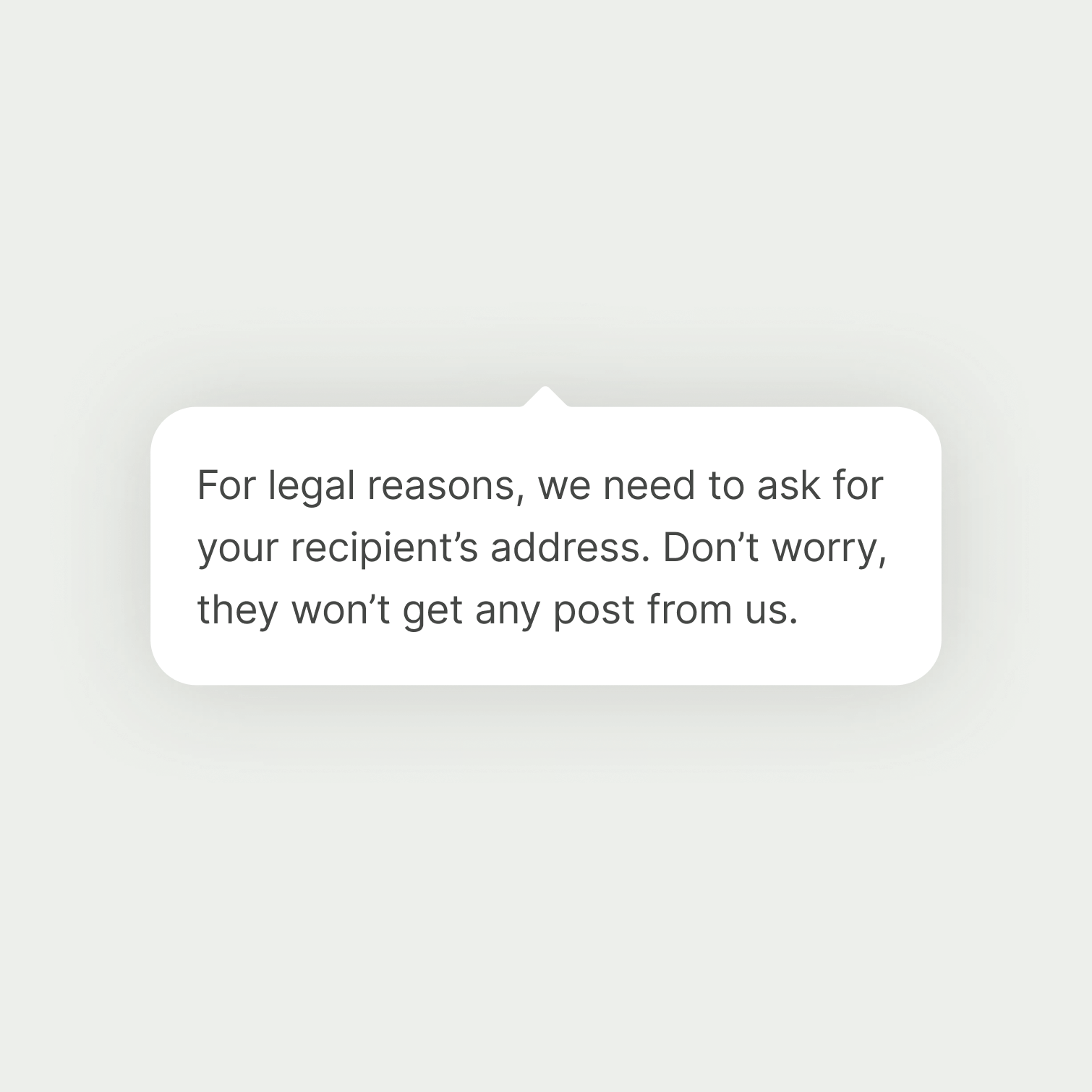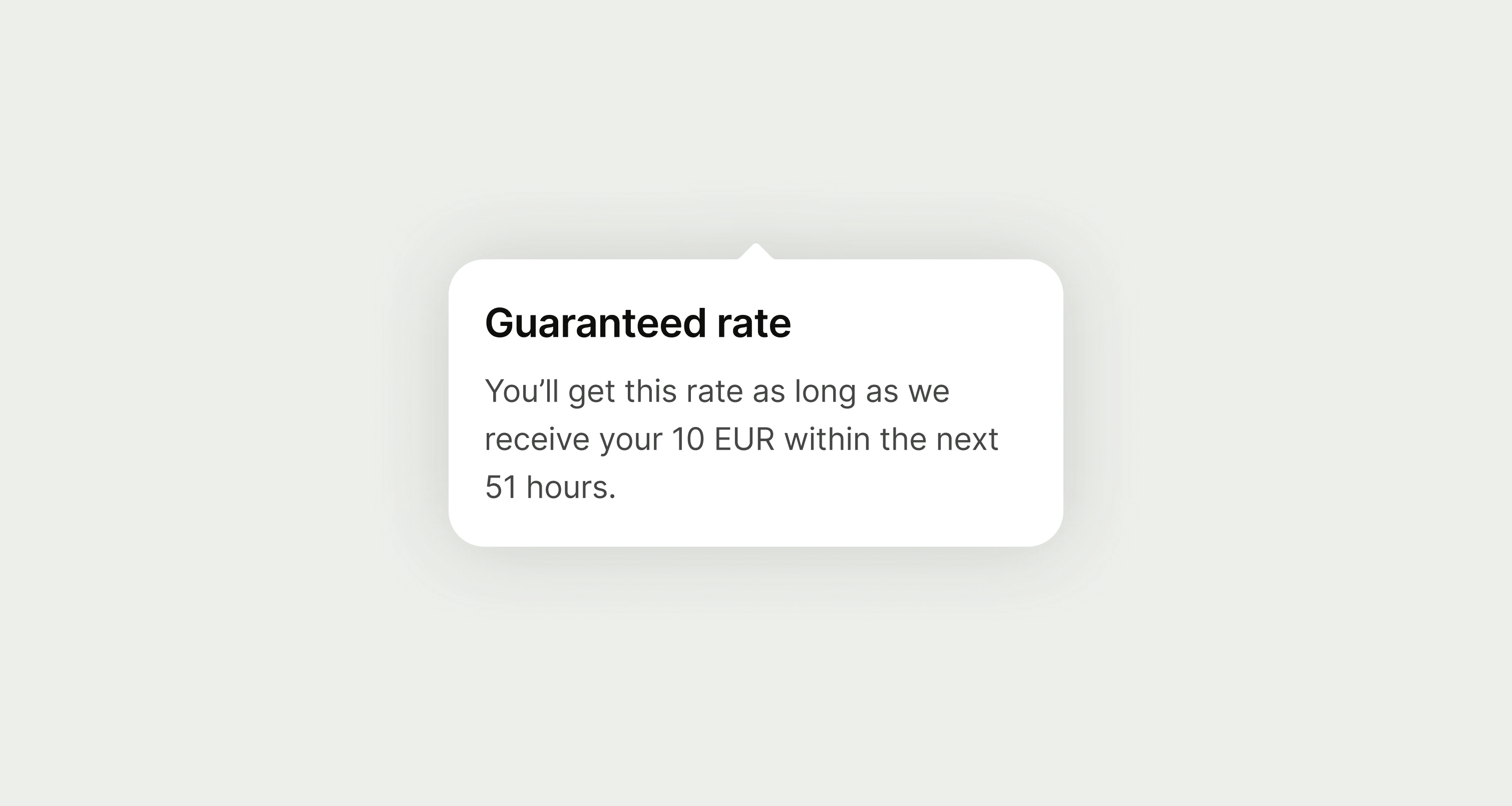Content
Content copy should:
define a term or phrase, or give some extra context
only communicate non-critical information that not every user needs
be concise — 100 characters or fewer is ideal, but try not to go over 250
be mostly plain text, but can include links, bold, bullets, and images
not include any other text styles or interactive elements
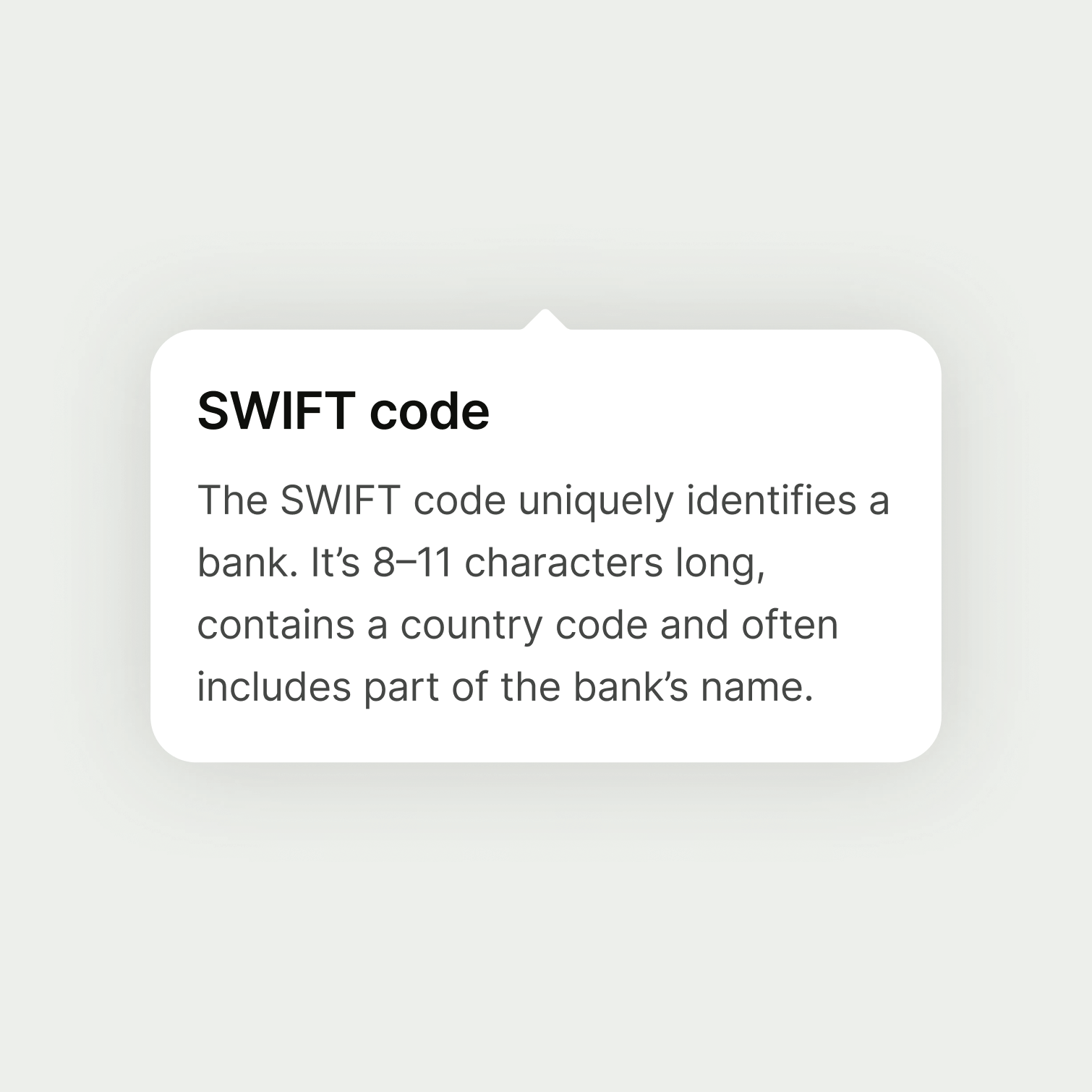
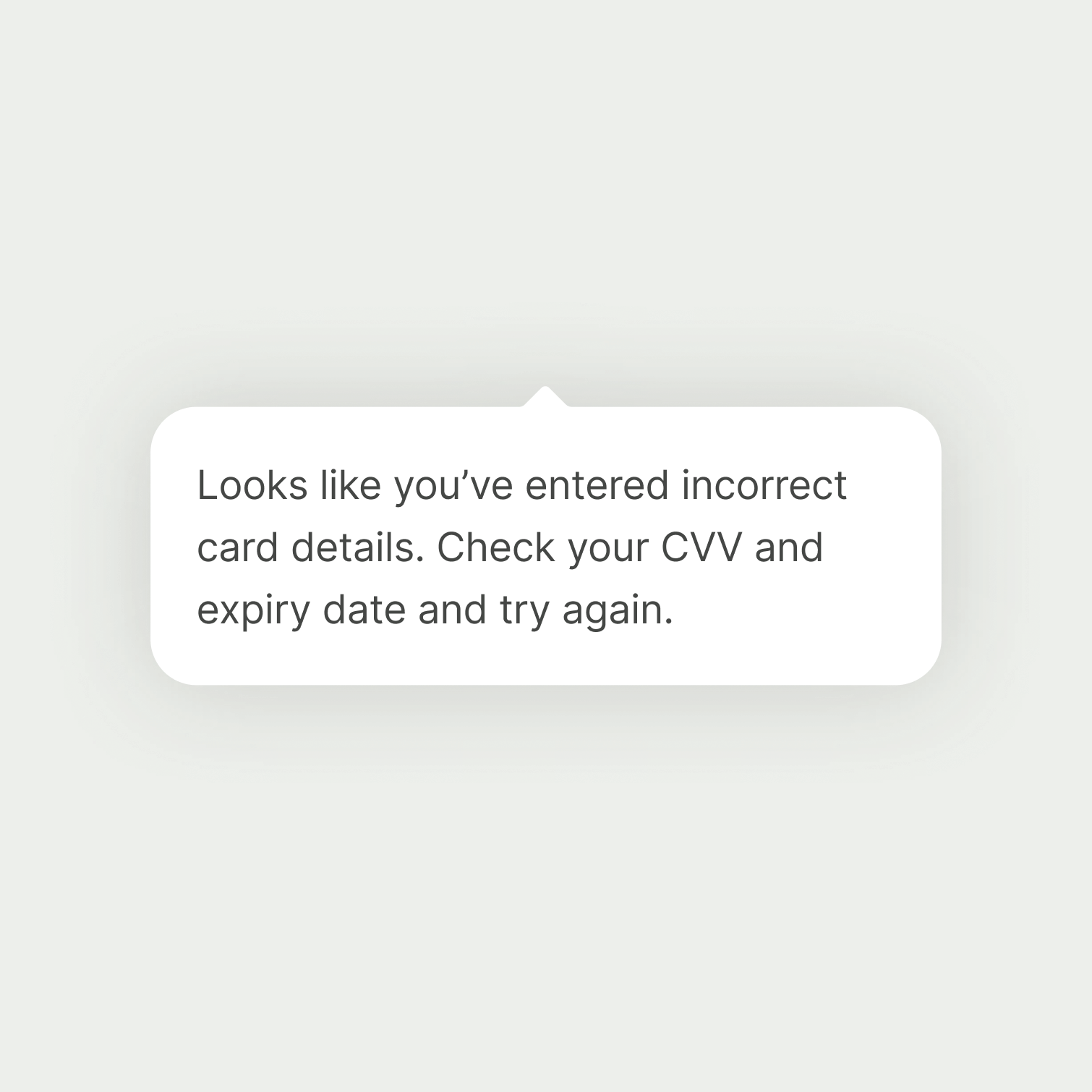
Title (optional)
Don’t include a title unless you are using the popover to define a term or phrase.
Title copy should:
be the same as the term or phrase you’re defining
be sentence case, unless the term has its own capitalisation rules — for example, Direct Debit always has a capital D for Debit because it’s a scheme name
have no full stop
